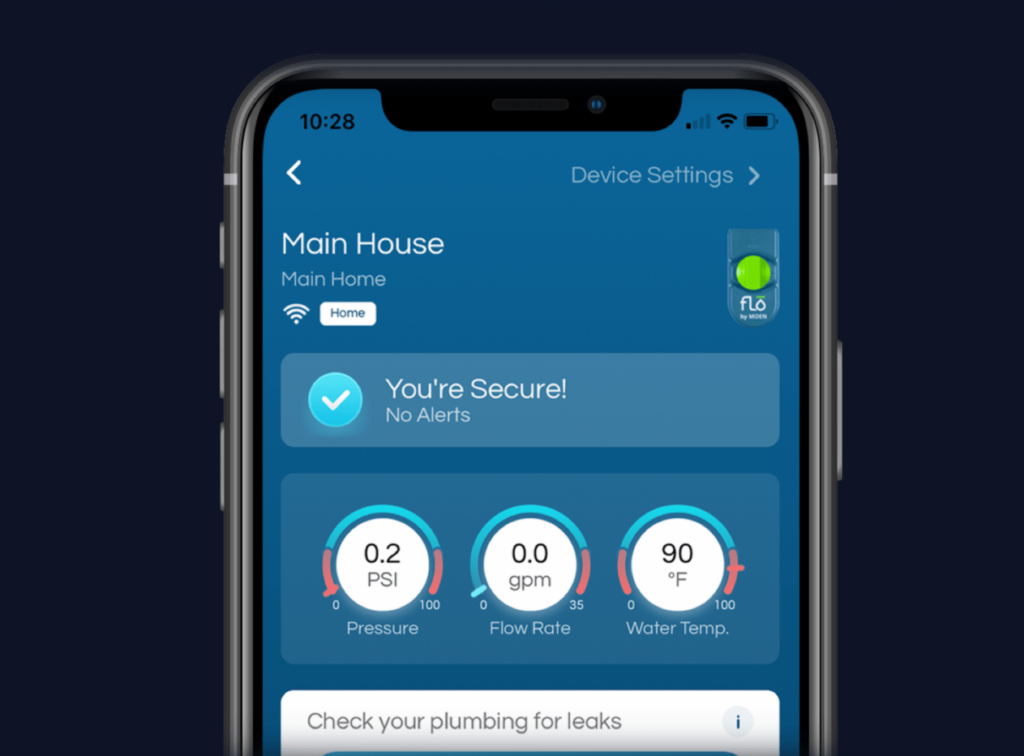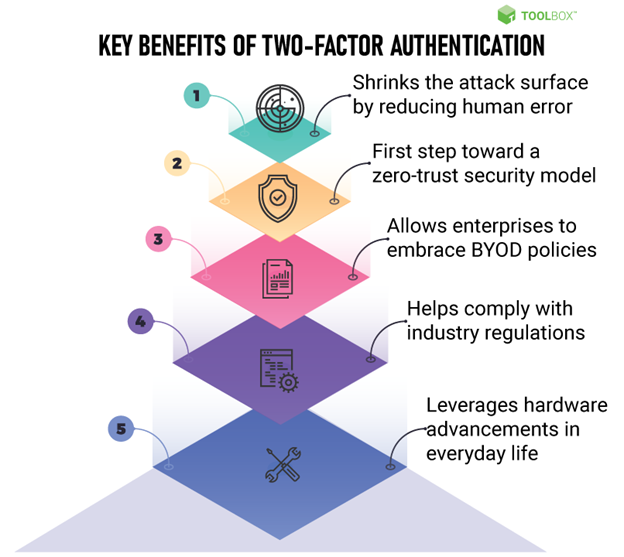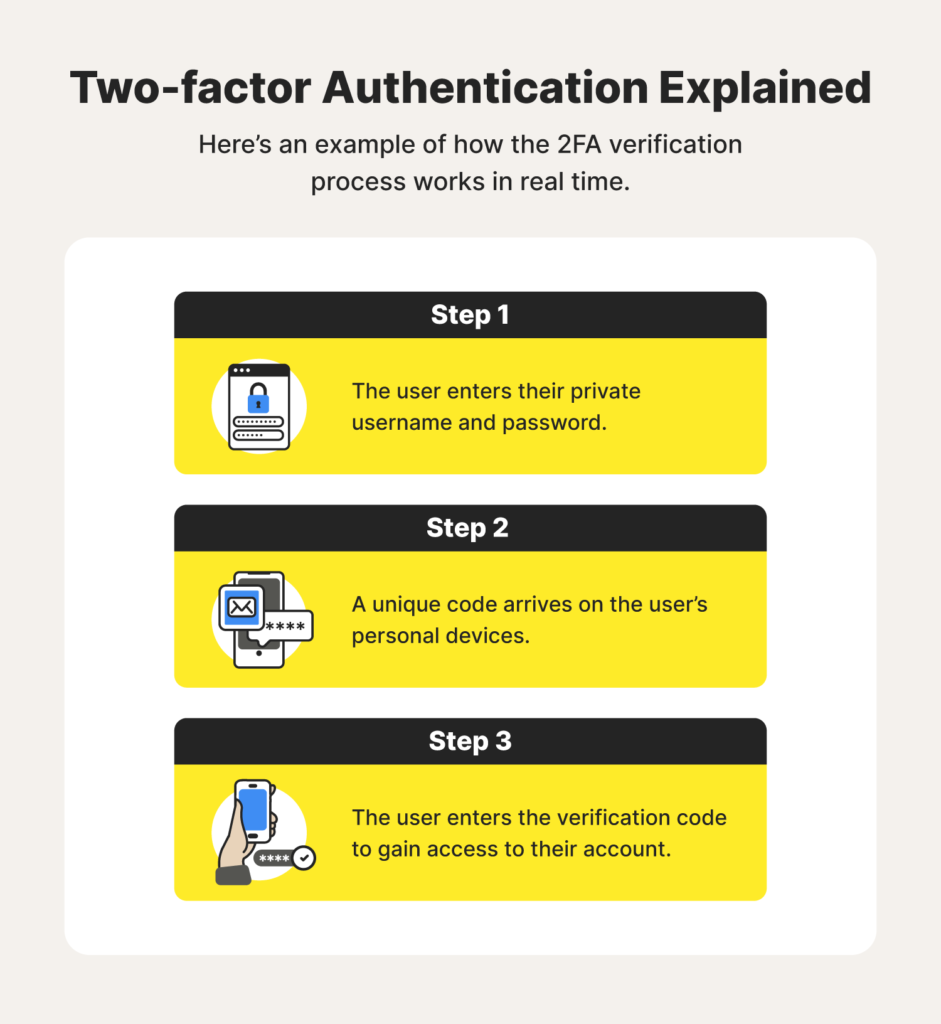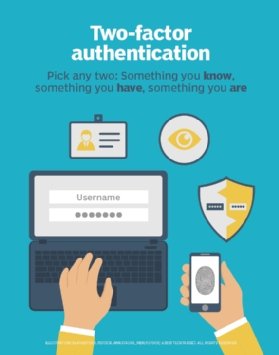Imagine having complete control over your home right at your fingertips. With smart home devices becoming increasingly popular, it’s important to consider the security measures in place to protect your personal information. In this article, we will explore the importance of two-factor authentication in smart home devices. By implementing this additional security feature, you can ensure that only authorized users have access to your devices, providing you with peace of mind and a secure smart home experience.
Introduction to Smart Home Devices
Definition of smart home devices
Smart home devices are devices that are connected to the internet and can be controlled and monitored remotely. These devices are typically installed in homes to automate various aspects of daily life, such as lighting, temperature control, security systems, and entertainment systems. Smart home devices can be controlled through voice commands, mobile applications, or centralized hubs.
Common types of smart home devices
Some common types of smart home devices include:
-
Smart thermostats: These devices allow users to control the temperature of their homes remotely and automatically adjust the temperature based on predefined settings or sensors.
-
Smart security systems: These systems include video doorbells, cameras, and sensors that provide enhanced security by allowing homeowners to monitor their homes and receive alerts in case of any suspicious activity.
-
Smart lighting systems: These devices allow users to control the lighting in their homes and adjust brightness, color, and timing through mobile applications or voice commands.
-
Smart appliances: These include smart refrigerators, washing machines, and ovens that can be controlled remotely, provide personalized recommendations, and even reorder supplies when needed.
Benefits of using smart home devices
There are several benefits to using smart home devices, including:
-
Convenience: Smart home devices allow users to control and automate various aspects of their homes, making daily tasks easier and more efficient.
-
Energy savings: Smart thermostats and lighting systems can help users optimize energy usage, resulting in lower utility bills and reduced environmental impact.
-
Enhanced security: Smart security systems provide homeowners with real-time monitoring and alerts, helping to deter burglars and enhance overall home security.
-
Personalization: Smart home devices can be customized to fit individual preferences and routines, creating a more personalized and comfortable living environment.
Overview of Two-Factor Authentication
Definition of two-factor authentication
Two-factor authentication (2FA) is a security measure that adds an extra layer of protection to the login process by requiring users to provide two forms of authentication. These authentication factors typically include something the user knows (such as a password or PIN) and something the user has (such as a physical device or token).
How two-factor authentication works
When a user attempts to log in to a smart home device or associated application, 2FA requires them to provide a second form of authentication in addition to their password. This second factor is usually sent to the user’s registered device through a text message, email, or app notification. Users are then prompted to enter the code or approve the login request on their device.
Importance of two-factor authentication in general
Two-factor authentication is crucial in ensuring the security of user accounts and protecting against unauthorized access. It adds an extra layer of protection, even if a password or PIN is compromised. Without 2FA, a malicious individual who obtains a user’s login credentials can potentially gain unrestricted access to their smart home devices, compromising privacy, and increasing the risk of unauthorized control or tampering.
Security Risks in Smart Home Devices
Overview of security risks
While smart home devices offer numerous benefits, they also pose security risks that users need to be aware of. Some common security risks associated with smart home devices include:
-
Weak passwords: Many users fail to set strong, unique passwords for their smart home devices, making it easier for hackers to gain unauthorized access.
-
Lack of encryption: Smart home devices may transmit sensitive information over unsecured networks, making them vulnerable to interception and tampering.
-
Unpatched vulnerabilities: Manufacturers may not regularly release security updates and patches, leaving devices susceptible to known vulnerabilities.
Examples of previous smart home device breaches
Several incidents involving smart home device breaches have highlighted the need for improved security measures. For example:
-
In 2018, a vulnerability in a smart doorbell allowed hackers to gain unauthorized access to Wi-Fi credentials and potentially infiltrate the entire home network.
-
In 2019, a popular smart home camera system was compromised, resulting in unauthorized access to live video feeds of users’ homes.
The potential consequences of compromised smart home devices
If a smart home device is compromised, the consequences can be significant. Some potential consequences include:
-
Privacy breaches: Hackers may gain access to live video feeds, audio recordings, or personal data collected by smart home devices, compromising the privacy of the user and their household members.
-
Unwanted control or tampering: Intruders might gain control of smart home devices, such as locking or unlocking doors, disabling security systems, or altering settings, creating potential safety hazards.
-
Network vulnerabilities: Compromised smart home devices can serve as entry points for hackers to infiltrate the larger home network, potentially accessing sensitive information stored on other devices.
The Necessity of Two-Factor Authentication in Smart Home Devices
Enhanced protection against unauthorized access
Implementing two-factor authentication in smart home devices significantly reduces the risk of unauthorized access. Even if an attacker manages to obtain a user’s password, they would still require the second factor of authentication, typically a unique code sent to the user’s registered device.
Prevention of unauthorized control or tampering
By implementing two-factor authentication, smart home device users can prevent unauthorized individuals from gaining control of their devices. Even if a hacker manages to access the user’s account, they would still need to provide the additional authentication factor to make any changes or control the devices.
Safeguarding personal information
Two-factor authentication adds an extra layer of security to protect the personal information stored within smart home devices and associated applications. Even if a hacker gains access to a user’s account, they would be unable to view or alter sensitive data without the second factor of authentication.
Mitigating the risk of device hijacking
Device hijacking, where an attacker gains control of a smart home device, poses a significant risk to users. Two-factor authentication helps mitigate this risk by requiring additional authentication factors, making it more difficult for attackers to take control of the device and potentially causing harm.
Implementing Two-Factor Authentication in Smart Home Devices
Available two-factor authentication methods
There are several methods available to implement two-factor authentication in smart home devices, including:
-
SMS or email codes: Users receive a unique code via text message or email, which they then enter as the second factor during the login process.
-
Mobile authentication apps: Users can install authentication apps on their smartphones, which generate time-based codes for authentication.
-
Physical security keys: Users can use physical devices, such as USB keys or tokens, to verify their identity when logging in to their smart home devices.
Choosing the appropriate two-factor authentication method
The choice of the two-factor authentication method should consider factors such as user convenience and security. It is essential to select a method that strikes a balance between ease of use and robustness against potential attacks.
Ensuring user-friendliness in the authentication process
To encourage widespread adoption of two-factor authentication in smart home devices, it is crucial to ensure a user-friendly authentication process. This includes providing clear instructions, seamless integration with popular smart home platforms, and minimizing any potential inconveniences for users.
Considerations for Manufacturers and Developers
Role of manufacturers and developers in implementing two-factor authentication
Manufacturers and developers play a vital role in ensuring the implementation of robust two-factor authentication in smart home devices. They are responsible for designing devices with built-in support for 2FA and providing secure authentication protocols.
Industry standards and best practices
Manufacturers and developers should adhere to industry standards and best practices when implementing two-factor authentication. Following recognized standards ensures compatibility, interoperability, and adherence to established security guidelines.
The importance of regular updates and patches
Manufacturers and developers should prioritize regular updates and patches to address any identified security vulnerabilities promptly. This includes providing firmware updates that address security issues or introducing new authentication methods as they become available.
User Education and Awareness
Importance of educating users about two-factor authentication
User education plays a crucial role in promoting the adoption of two-factor authentication in smart home devices. By educating users about the security benefits and how to enable 2FA on their devices, manufacturers and service providers can enhance overall security awareness.
Tips for users to enhance their security awareness
Users can take proactive steps to enhance their security awareness and mitigate potential risks associated with smart home devices and two-factor authentication. Some tips for users include:
- Using strong, unique passwords for their smart home device accounts.
- Enabling automatic software updates on their devices and applications.
- Regularly reviewing and revoking access permissions for associated applications or devices.
- Being cautious of suspicious emails, messages, or requests for personal information.
Educational resources and training programs
Manufacturers and service providers should offer educational resources and training programs to users to enhance their understanding of two-factor authentication and how to effectively implement and use it with their smart home devices. This can include online tutorials, user guides, and workshops on best practices.
Future Trends and Innovations
Advancements in two-factor authentication technology
The field of two-factor authentication is continuously evolving, with ongoing advancements in technology. Some future trends and innovations in two-factor authentication for smart home devices may include:
-
Biometric authentication: Integration of biometric factors such as fingerprint or facial recognition as an additional layer of authentication.
-
Contextual authentication: Authentication factors that consider contextual information, such as location or device proximity, to enhance security.
Integration of biometrics and other authentication factors
To further strengthen smart home device security, manufacturers may integrate multiple authentication factors, including biometric authentication, to enhance the overall security posture. This combination of factors provides an added layer of protection against unauthorized access.
The potential impact on smart home device security
As two-factor authentication technology continues to improve, the potential impact on smart home device security will be significant. It will provide users with increased confidence in the security of their devices and help manufacturers address the security concerns associated with smart home devices.
Conclusion
In conclusion, two-factor authentication is a crucial security measure for protecting smart home devices and the associated personal information. It adds an extra layer of protection against unauthorized access, prevents unauthorized control or tampering, safeguards personal information, and mitigates the risk of device hijacking. Manufacturers, developers, and users all have a role to play in implementing and promoting two-factor authentication in smart home devices. By prioritizing security, staying informed about best practices, and utilizing the available authentication methods, users can enjoy the benefits of smart home devices with enhanced peace of mind.
Additional Resources
- “Smart Home Security: Risks and Solutions” – [Article]
- “The Importance of Cybersecurity in Smart Home Devices” – [Research Paper]
- “Best Practices for Two-Factor Authentication in Smart Home Devices” – [White Paper]
- “Understanding the Role of Manufacturers in Smart Home Security” – [Study]
- “User Awareness and Training for Smart Home Device Security” – [Guide]






